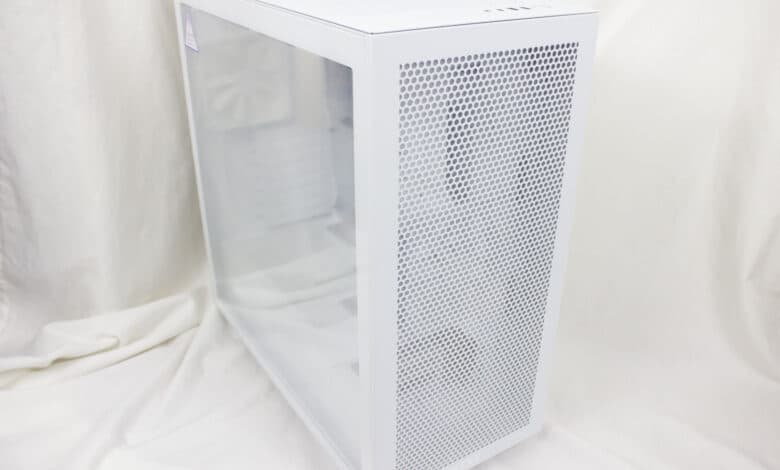
NZXT started out with cases. In the meantime, the manufacturer is known for everything in gaming peripherals, which really includes everything. Hardware like motherboards and power supplies are also included. This time, however, we are dealing with a new case series, the H7 to be precise. Similarities with the H710 are definitely there. But now we have three different models to choose from – we’ll go for the H7 Flow in white.
The H7 Flow is an ATX case with massive dimensions. Thus, it also offers a lot of space for hardware. NZXT has come up with something special to hold the glass and back panel. The case earns the name Flow because of the perforated front. The air passage is thus increased and a radiator in the front can perfectly cool down the entire interior.
Technical details
| Model: | NZXT H7 Flow |
| Case Type: | ATX |
| Dimensions: | 505 mm (W) x 480mm (H) x 230 mm (D) |
| Weight: | 10.05 kg |
| Material: | Steel, Glass |
| Color: | White |
| Front connectors | 1x USB 3.2 Gen 2 Type-C, 2x USB 3.2 Gen 1 Type-A, 1x headset audio jack |
| Drive bays: | 2x 3.5″ (internal) 4 + 2x 2.5″ (internal) |
| Expansion slots: | 7 |
| Form Factors: | ATX |
| Ventilation: | Rear: 1x 120/140 mm Lid: 3x 120/ 2x 140 mm Front: 3x 140/ 120 mm |
| Radiators: | Front: 1x 360mm Lid: 1x 360mm Rear: 1x 140mm |
| Max. CPU cooler height: | 185 mm |
| Max. Graphics card dimensions: | up to 400mm |
| Max. Net part length: | SFX, SFX-L |
| Price: | € 105.00 * |
| Features: | Pre-installed fans, tool-less disassembly/assembly side panels |
Scope of delivery
NZXT ships the H7 Flow in a plain brown outer box. In addition to the technical details, we still find a large image of the case on the box. To secure the H7 Flow during transport, it is encased in Styrofoam and protected from scratches with a plastic film. We search in vain for paperwork, but the mounting accessories are abundant. All sorts of screws, cable ties and frames for 2.5-inch data carriers. Two fans are also pre-installed, as well as dust filters in the front, under the lid and under the power supply.
Exterior impression
It is obvious that NZXT is going for maximum airflow with the H7 Flow. Both the front and the lid are completely perforated. This is continued on the back. Thus, the case does not look particularly exciting at first glance, but fits perfectly into plain workstations due to the design’s simplicity.
A highlight of the H7 Flow is the glass side. Although there are really many cases with glass parts, this one stands out. Through the glass, we can see the entire interior and a frame is almost non-existent. Furthermore, the glass is of such good quality that it almost looks like there is nothing in the way of the interior. Likewise, tool-free installation is possible. Both the glass and side panel, are simply pulled off. This is ensured by special holding devices.
The I/O panel is located in the front area on the top. There are two USB 3.2 Type-A ports, as well as one Type-C. We also find a combined audio port there. Last but not least, we also find the power button with its white illumination. Next to the I/O panel, we do not find anything else on the upper side from the perforated area. Directly behind it we find the perforated surface including the dust filter underneath.
The aforementioned front of the H7 Flow is completely perforated, without exception. This gives the whole case its simple look, which nevertheless stands out. Behind the front we first find a dust filter, then the first of the two pre-installed fans.
On the back, second of the two pre-installed fans can be seen. NZXT continues the perforated surfaces here as well, even if it is only a small part. On the back are also the seven expansion slots, as well as the slot for the power supply.
Interior impression
Inside the NZXT H7 Flow, there is more than enough room to fit its hardware, and even cable management is writ large. Once we have removed the glass part, we can get a better look at the two fans. There is one in the front and one in the back. In the next larger model, these are illuminated, and in our chosen color – white – they blend in perfectly.
NZXT puts a higher priority on cable management and the aesthetics that come with it. Thus, we find a cover over the cable grommet on the H7 Flow, behind which the cables are as good as invisible. The whole thing is continued in exactly the same way on the back. A cable tray with sufficient width is attached there. Often, no other cables can be laid reasonably beside the ATX cable. This is different here and the attached Velcro fasteners enhance the whole thing even more.
Furthermore, the interior is divided into two chambers to create even more order and hide the power supply. In this case, the second chamber is located directly under the motherboard tray. There we also find the hard drive cage for the two installable 3.5-inch disks. Behind the mainboard tray, there are also two holders for 2.5-inch data carriers.
As mentioned, the H7 Flow really offers a lot of space inside. Mounting hardware is made very easy. Likewise, the H7 Flow offers plenty of room for additional cooling. If we would like to replace the two existing fans with radiators, there are basically no limits, there is always enough space.
System construction in the NZXT H7 Flow
That there should be enough space for mounting in the NZXT H7 Flow, we have thus already established. Now what does it look like when we actually install a system? Since we are coming from a smaller build, we will be using ASRock’s B450M mATX board. On it sits an AMD Ryzen 5 3600 with 16GB of HyperX memory. An RX580 is used as the graphics card. It is not a high-end system for testing, but we can test the temperatures well with it.
Installing the hardware is a simple matter. Due to the tool-less disassembly of the side panels, we save time and labor. In the case of minor errors or component replacement, we also get to everything quickly. The holes for routing cables and the cover allow us to keep the interior tidy.
Behind it, we continue directly. Arranging the cables is fun with this case. We have enough room to fit all the cables in the existing channel. The Velcro fasteners keep everything in place without anything starting to wobble or come loose during transport.
To test the temperatures, we set the CPU and GPU fans to 50%. The case’s two existing fans are not controllable. According to the manufacturer, they run at 1,200 RPM. We use Prime95 and FurMark for testing.
Thus, we get a maximum temperature of 69 °C with FurMark, but could still reduce the GPU’s temperature a bit with full fan speed. We get the Ryzen 5 3600 to a full 81 °C with Prime95, whereby we use the stock fan here, accordingly a good result.
In comparison, NZXT already provides the testers with values that the manufacturer itself has determined in tests. More powerful hardware, such as an i9-12900K and an RTX3090 from Gigabyte, is used. The CPU is cooled with the in-house all-in-one water cooling system Kraken X73. Similar values are determined there. The CPU is at 87 °C and the GPU at 66 °C.
Conclusion of the NZXT H7 Flow review
NZXT delivers a new edition of the H710 with the H7 Flow. While the H7 Flow doesn’t offer any features that particularly set it apart from other cases, NZXT does a lot right. The Flow offers a super airflow due to the design with the completely perforated front.
The installation of components including cable management can also convince us in the test. You have enough space and can lay the cables behind the motherboard tray as you want them. There is room for many cables in the built-in channel and the Velcro holders provide the necessary hold.
We can therefore give the NZXT H7 Flow a very good report card, because the cooling performance is also convincing. For 139.99 € there are cases where you get more features, but you have to make sacrifices in other directions.
NZXT H7 Flow
Workmanship
Structure
Features
Cooling
Value for money
96/100
The airy design of NZXT's H7 Flow makes quite a statement - as do the case's features.

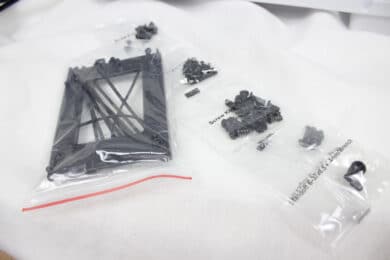
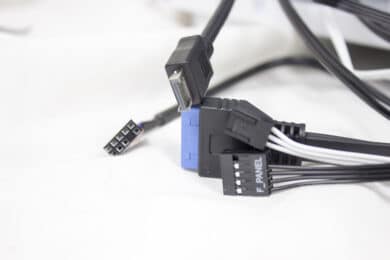
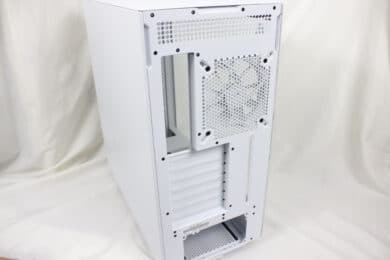
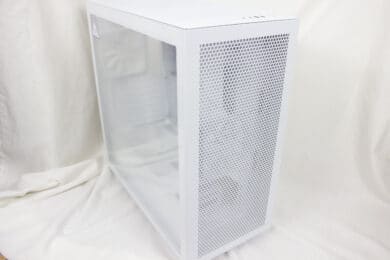

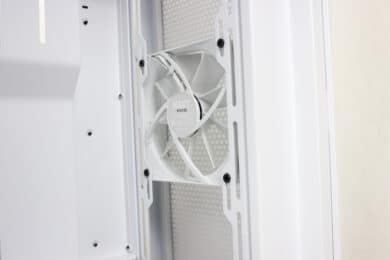
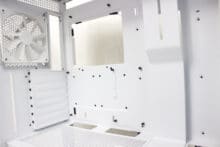

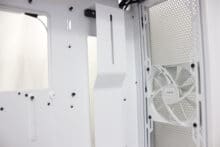


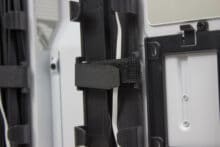
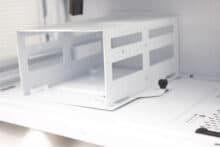


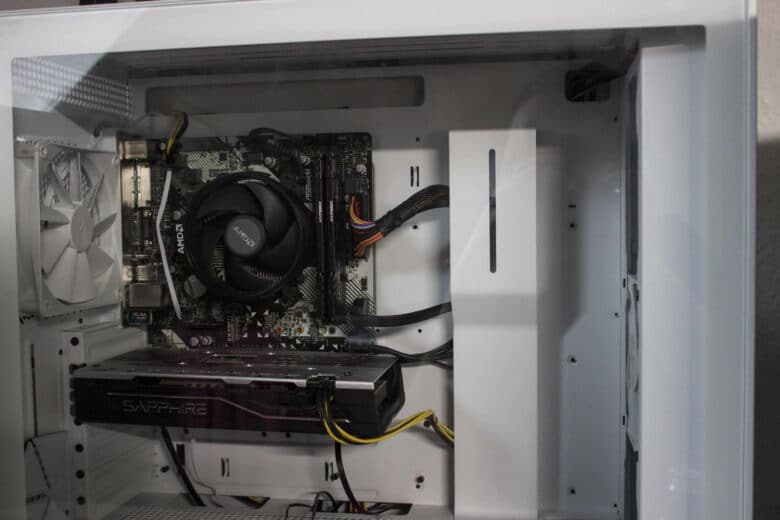

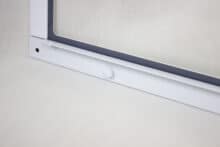

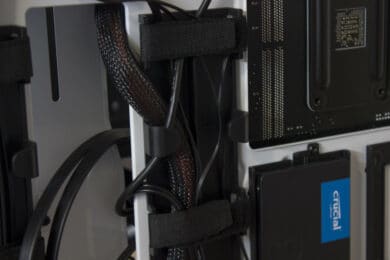
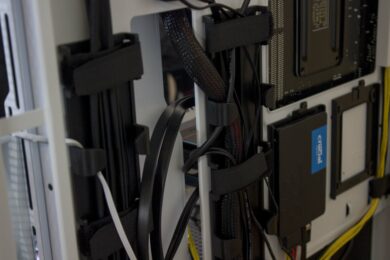

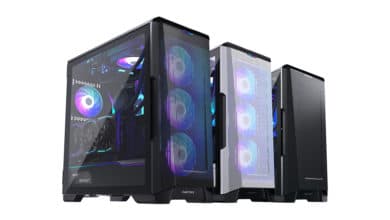
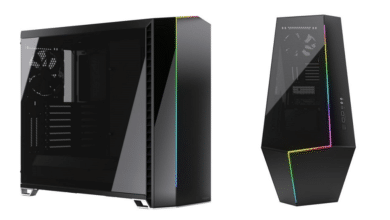
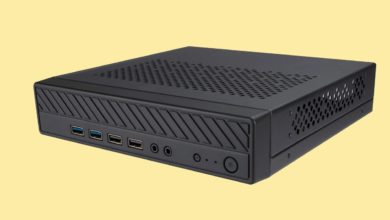

No replies yet
Neue Antworten laden...
Gehört zum Inventar
Beteilige dich an der Diskussion in der Basic Tutorials Community →